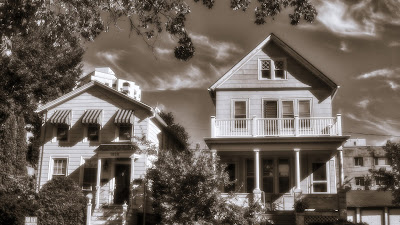A few images taken at the Milwaukee Art Museum... iPhone 5c.
Tuesday, February 14, 2017
Wednesday, February 1, 2017
The Essence of the Brady Street Neighborhoods...
See the video slide show HERE
Milwaukee’s Brady Street neighborhood, bounded by the Milwaukee River, Lake Michigan, Ogdon Avenue, and Kane Place, is arguably the most densely-populated square mile in the state of Wisconsin. A mix of historic shops, single-family homes, apartments, and condos. Brady Street boasts of great diversity that draws from many distinct eras. It began in the mid-19th century as a crossroads between middle-class Yankees from the East and early German settlers. Polish and Italian immigrants soon followed, working the mills, tanneries, and breweries that lined the riverbank. After these groups had assimilated and many of their descendants moved to the suburbs, the hippies in the 1960s arrived with their counterculture to fill the void. By the 1980s, the area fell into blight, neglect, and decay; now, a true model for new urbanism, the Brady Street neighborhood is in the midst of a renaissance.
Named in 1840, Brady Street has been the Lower East Side’s main drag since the late-19th century. Early on, the neighborhood mostly attracted working-class residents and its main street always blended commerce and housing. St. Hedwig’s Catholic Church, the street’s towering landmark, was built in 1886 to anchor the Polish community. It’s one of several buildings faced in the city’s distinctive Cream City brick.
See the video slide show HERE
Subscribe to:
Comments (Atom)
Beulah Bog was one of my favorite hikes.
Beulah Bog lies in a series of four kettle holes and features an undisturbed bog with many unusual plants more typical of northern bogs. Cla...

-
Click on image to see an enlarged view... I offer my services for Photoshop® work done on images after they have been captured correctly in ...
-
Since the 1800’s, what was o nce a resort and a horse-race track, people have been drawn to this bubbling spring. The parks ce...
-
High Cliff State Park is named for a limestone Cliff of the Niagara Escarpment, which parallels the eastern shore of Lake Winnebago. A 125-...



















